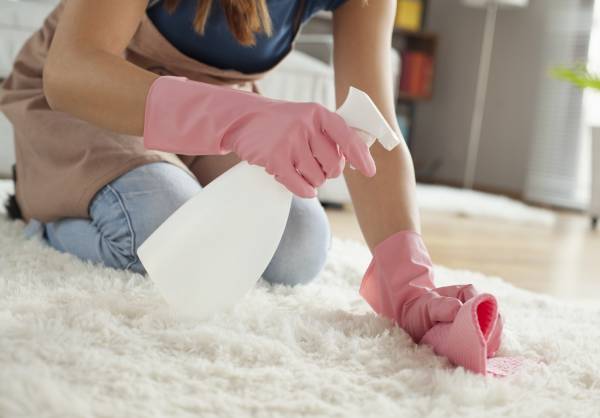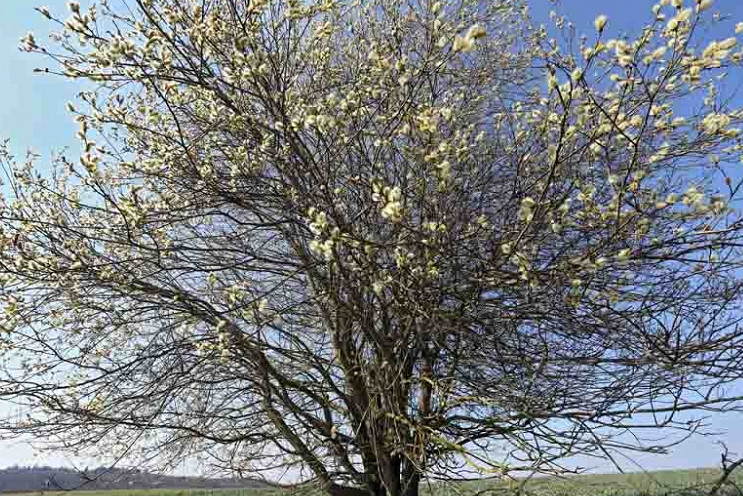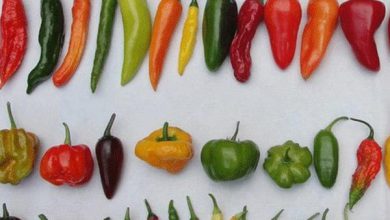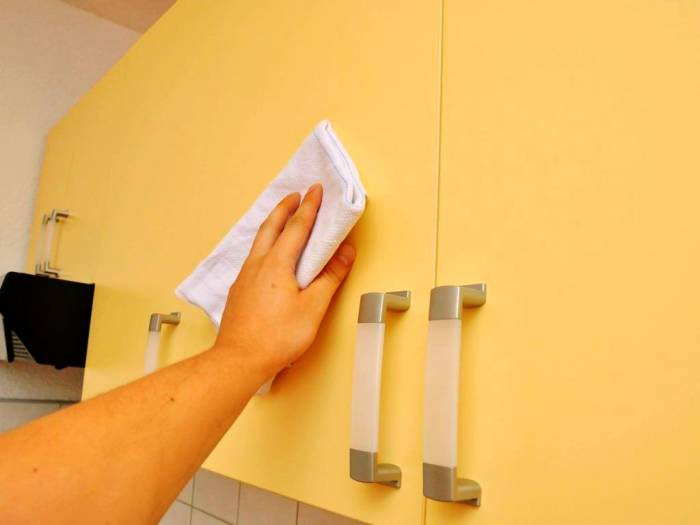What causes yellowing leaves of plants? Why do plant leaves turn yellow?
Do you know why plant leaves get yellow?
Plant growth always requires patience. Do your best to eliminate these common causes for yellowed leaves, then wait to see what happens.
Investigating the causes of yellowing of houseplants
Excessive watering
Too much water can damage the leaves. When the soil is not well-drained, too much water remains, and the root systems can sink. Without oxygen, the roots begin to die.
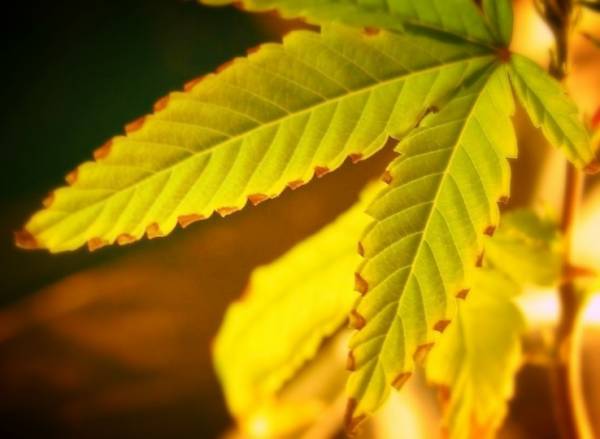
Minimal watering
After the leaves of your house plant turn yellow, you may think directly that you must have given a little water to the plant because one reason for the plant’s leaves’ yellowing is that it does not receive enough water. If your pot has yellowed leaves, be sure to check the plant-soil to see if it is dry. If all the soil in the pot is dry, then the cause of the yellowing of the leaves is dehydration of the plant.
old plant
In many old plants, the lower leaves turn yellow and fall off. This is the only natural part of their growth. This is especially true of Defenbacia deciduous plants, which are popular types of houseplants. In this case, do not worry. If the plant is over-stemmed, consider reducing the main stem to promote growth and new growth.
Cool place
Cold places in tropical plants often cause the leaves to turn yellow and fall off. This contrasts to short periods of severe cold exposure that cause the leaves to become browned or exact spots to fade to appear between the arteries.
If the plant is close to the air conditioner or window in winter, move it to a better place. Be careful to see if the yellow leaves spread more.
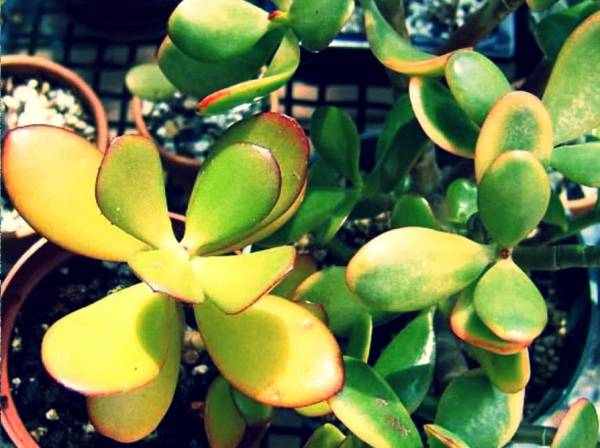
Lack of light
The other causes of plants leaves get yellow has a lack of light. Plants that receive little light often begin to turn yellow before the leaves fall off. If this is your case, there is a clue you can look at. Plants that have turned yellow due to lack of light will usually turn yellow where there is no light.
For example, leaves near the window receive all the light and block the other side. If this is the case, move the plant to a sunny location and see how it changes. If hard window light enters the house, especially in winter, installing one or two artificial lamps may be necessary.
Jaundice or chlorosis
The cause of the yellowing of plant leaves can be an abnormal condition called chlorosis. According to plant breeding experts, jaundice or chlorosis refers to a condition in which the leaves lose their green pigment called chlorophyll and turn yellow.
Viral infection
If the plant has a viral infection, some yellow spots may spread on the leaves throughout the plant. This may be accompanied by defective leaves and stems as well as colorless flowers. Viral infections in plants can not be treated and can infect all susceptible plants.
While it may be painful if you have a loved one, throw away any plants you suspect. Wash garden tools or utensils before using other herbs.
Nutrient deficiency
The other cause of plant leaves getting yellow has Nutrient deficiency. The leaves may also turn yellow if the plant does not get all the nutrients it needs. Suppose you use hard water with a lot of calcium in the water or a combination of nitrogen that causes the leaves to turn yellow.
In other cases, you may notice an unusual pattern of yellowing. For example, they may remain dark while the tissue between them turns yellow. Plant nutrients need to change depending on the species, and some are more sensitive than others. It is essential to diagnose the problem correctly, or you may kill the plant; otherwise, it can hardly return to health.
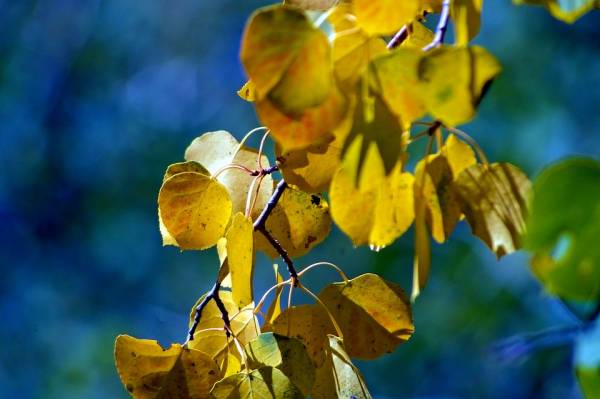
Yellowing of leaves associated with nutrient deficiencies
Yellowing of leaves has various causes and is not only due to lack of nutrients but can also be caused by the following reasons:
Nitrogen and potassium deficiency
One of the causes of the yellowing of old leaves is a lack of nitrogen and potassium. Nitrogen chlorosis is uniform in all areas of the leaves and veins. Potassium chloride starts at the edges of the leaves and forms between the leaf veins.
Iron and calcium deficiency
Iron and calcium deficiency is one of the causes of yellowing of new leaves. Yellowing due to iron deficiency Yellowing of small veins appears in young leaves.
Blight
Nutrient deficiencies throughout the plant appear symmetrically and regularly, but plant infestations may be present and asymmetric in any part of the plant. Insect infestation, fungal and bacterial diseases may cause problems in plant foliage. Insect damage to plants causes the leaves of the plant to turn yellow.
To prevent these problems and prevent the plant leaves from turning yellow, you can use non-toxic methods such as pest-resistant plants, vegetable oil to trap insects, use insecticides that are harmless and have the property of decomposing in the soil Use.
Also read:
The Excellent Effect Of Potatoes For The Beauty And Youth Of The Skin
Properties Of Corn: From Improving Hair Growth To Preventing Cancer


